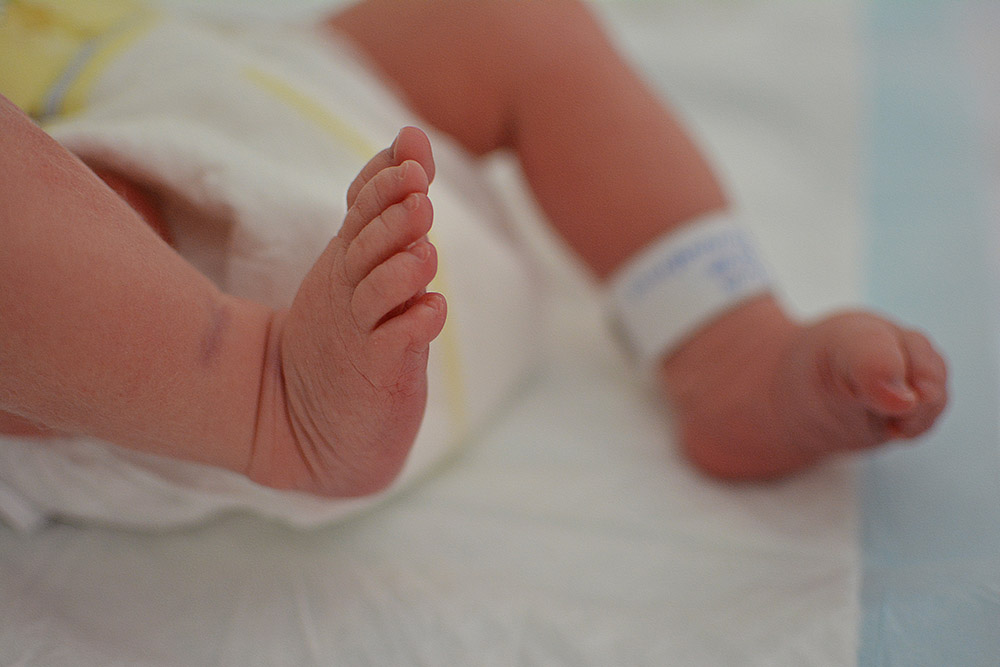
Next-Gen IVF Care: Where innovation meets compassion



Start your journey
Fertility solutions for all
Why choose us
State-of-the-art technology
Leveraging pioneering technology and advanced fertility techniques, we maximise the likelihood of a successful pregnancy.
Progressive care
We offer top-tier fertility solutions for all types of families, including single women and lesbian couples.
Personalised solutions
At Procriar, you’re not just a patient, you’re our top priority. Our expert team will design a tailored fertility plan to suit your unique needs, because your success is our passion.
Large open-ID donor bank
Take advantage of one of Portugal’s largest open-ID donor banks, with detailed donor profiles to help you find your perfect match.
Expertise & experience
Our dynamic team of specialists, led by the renowned Dr. Joana Mesquita Guimarães, delivers exceptional care that elevates patient success.
Treatments
What we offer
We recognise that every family has unique fertility needs, and our individualised treatment plans are tailored to help you achieve your parenthood dreams. From genetic counselling to a wide range of fertility treatments, we’re with you every step of the way.

About Us
Who we are
At Procriar, we’re more than just one of the leading authorities in the fertility field. We’re a home away from home, a safe and welcoming space where you can access the latest fertility treatments in a personalised, compassionate setting. Our renowned team is dedicated to providing the highest quality care to every patient, using state-of-the-art technology and one of the largest open-ID donor banks available in Portugal.
Patient Testimonials

Learn more about how we can help
Arrange a free call with one of our expert Care Advisors today and learn more about how we can help you to achieve your dream of a family.





